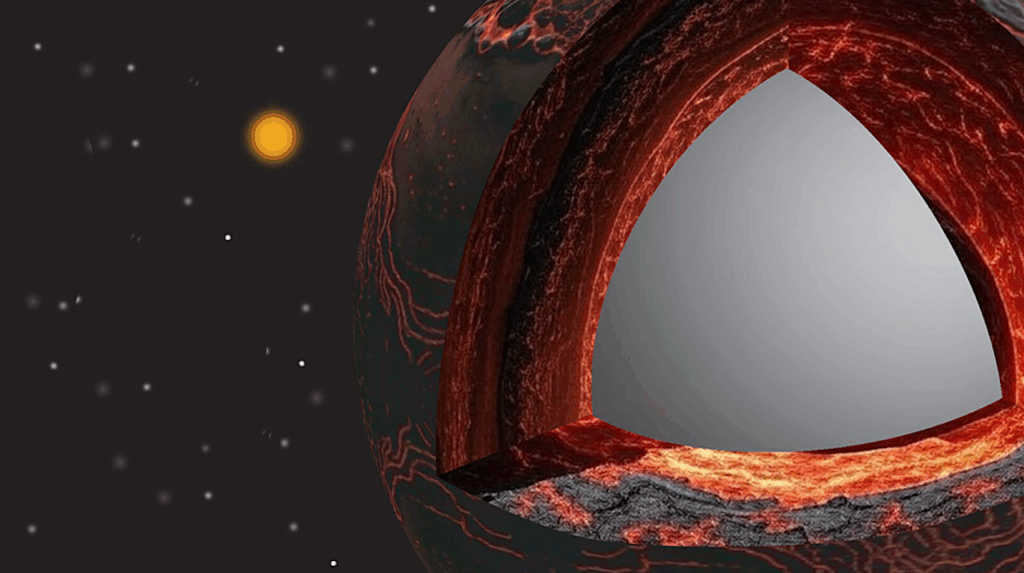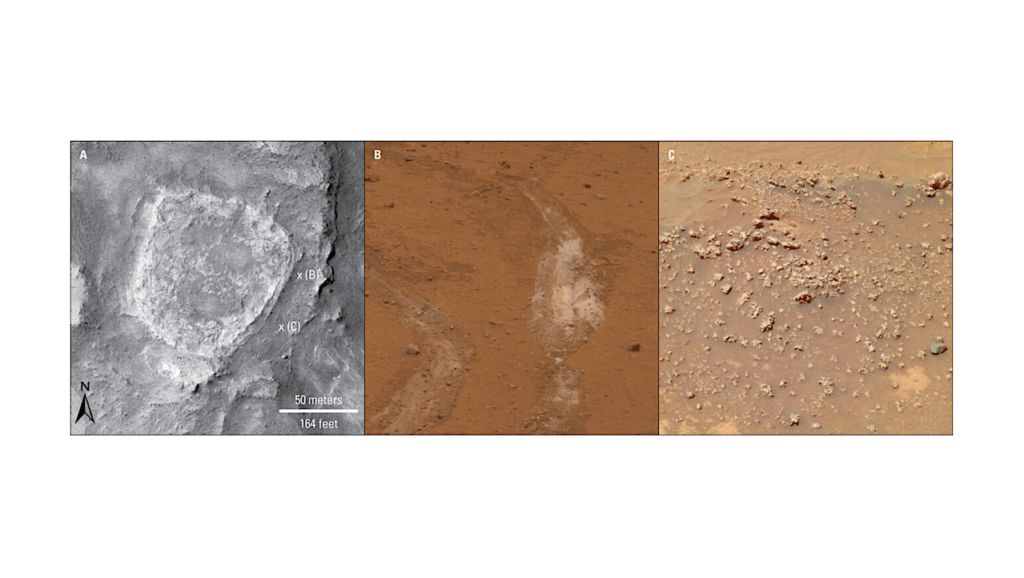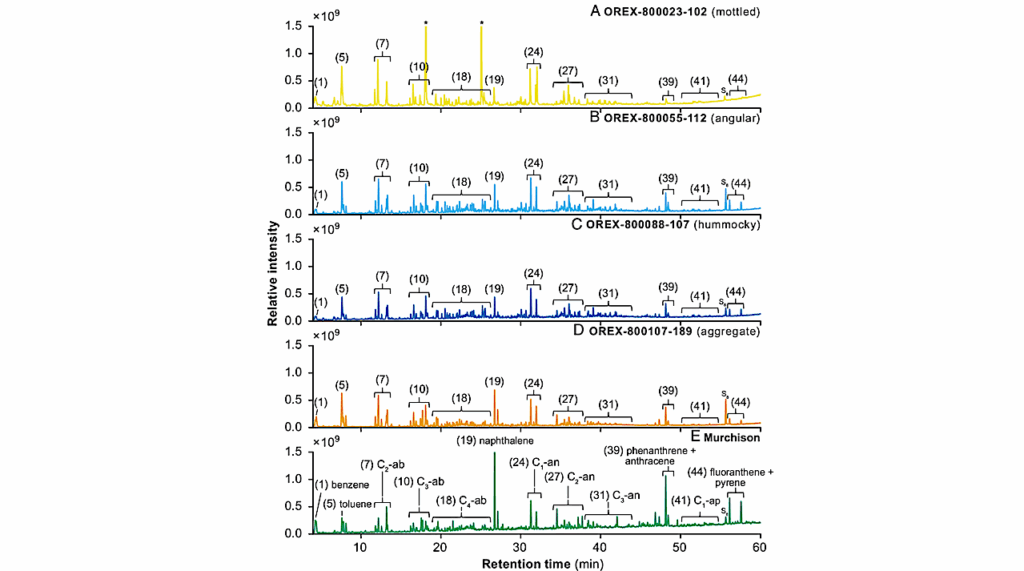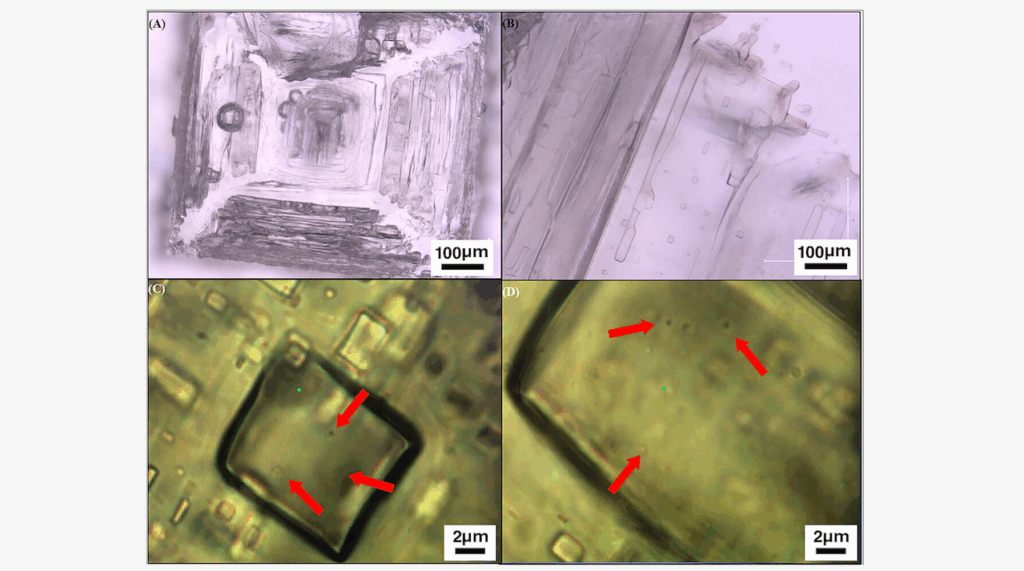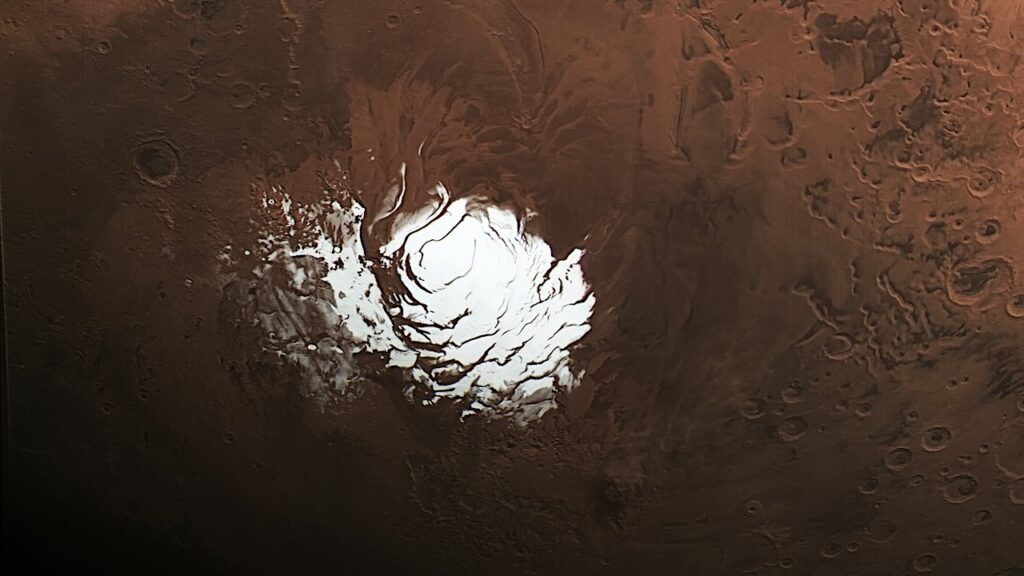Potential Interior Structures and Habitability of Super-Earth Exoplanets LHS 1140 b, K2-18 b, TOI-1452 b and TOI-1468 c
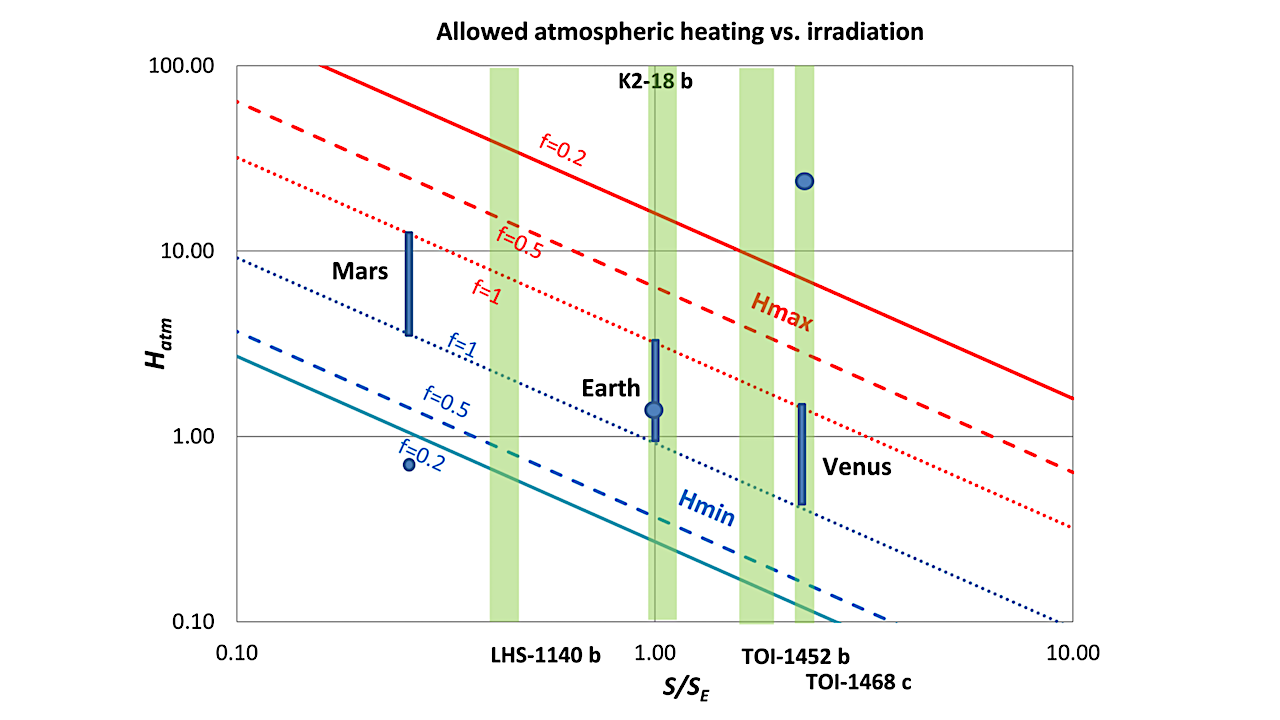
We analyze four super-Earth exoplanets, LHS 1140 b, K2-18 b, TOI-1452 b, and TOI-1468 c, which orbit M-dwarf stars in the habitable zone.
Their relative proximity, within 40 parsecs, makes them prime candidates for follow-up observations and atmospheric and habitability studies.
This paper aims to assess their internal structure and habitability, considering their tidal heating, atmospheric heating, and global transport. We model the interior structure of the planets by applying Bayesian inference to an exoplanet’s interior model.
A constant quality factor model is used to calculate the range of tidal heating, and a one-dimensional analytical model of tidally locked planets is used to assess their surface temperature distribution and habitability. Assuming no or only thin atmospheres, K2-18 b and TOI-1468 c are likely to be water worlds. However, TOI-1452 b and LHS 1140 b may have rocky surfaces.
We find that tidal heating is not enough to raise the global mean surface temperature, but greenhouse heating can effectively do so. If the considered planets have retained thick atmospheres, K2-18 b, TOI-1468 c, and TOI-1452 b may, for significant atmospheric heating and heat transport factors, be too hot to sustain liquid water on their surface.
However, the lower instellation of LHS 1140 b and the non-zero probability of it having a rocky surface give more space for habitable conditions on the planet.
Mangesh Daspute, Amri Wandel, Ravi Kumar Kopparapu, Volker Perdelwitz, Jerusalem Tamirat Teklu, Lev Tal-Or
Comments: Accepted to ApJ
Subjects: Earth and Planetary Astrophysics (astro-ph.EP); Solar and Stellar Astrophysics (astro-ph.SR)
Cite as: arXiv:2412.08476 [astro-ph.EP] (or arXiv:2412.08476v1 [astro-ph.EP] for this version)
https://doi.org/10.48550/arXiv.2412.08476
Focus to learn more
Submission history
From: Mangesh Daspute
[v1] Wed, 11 Dec 2024 15:43:36 UTC (634 KB)
https://arxiv.org/abs/2412.08476
Astrobiology,



